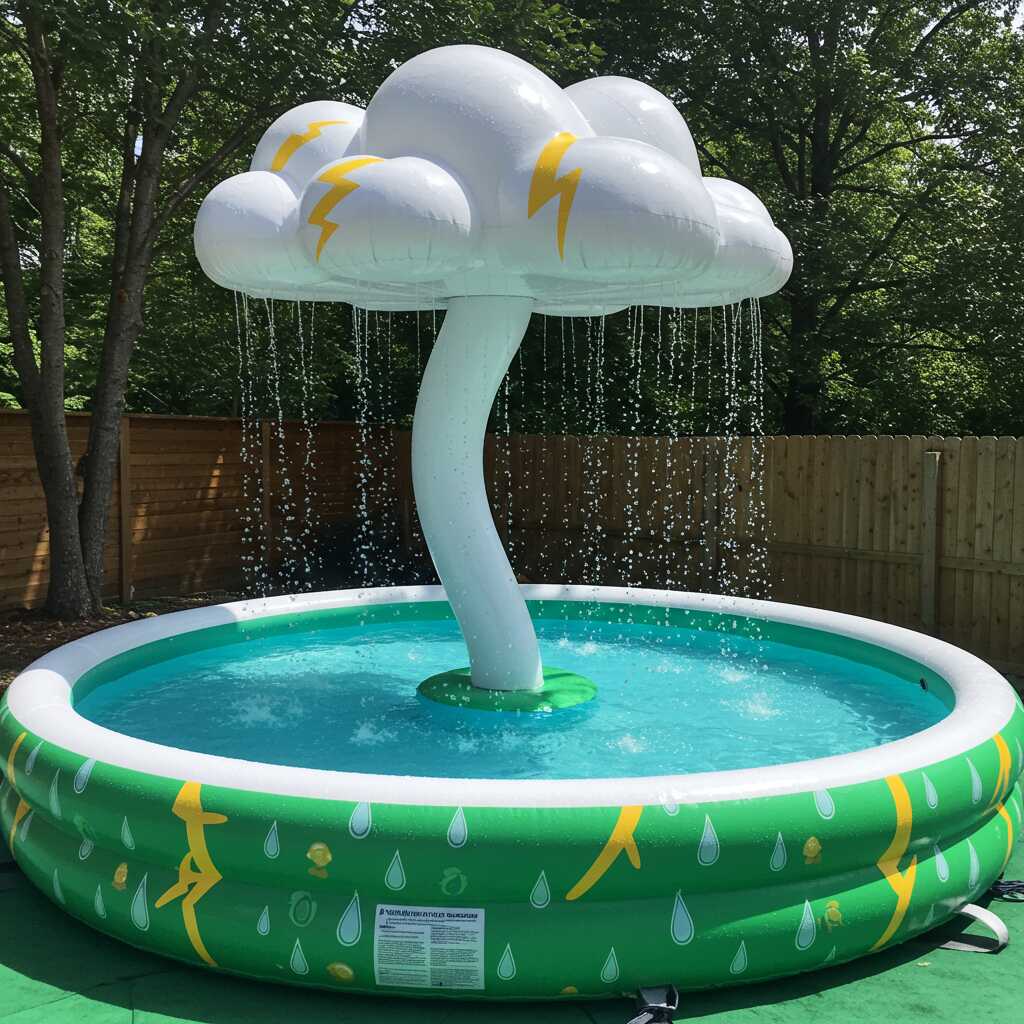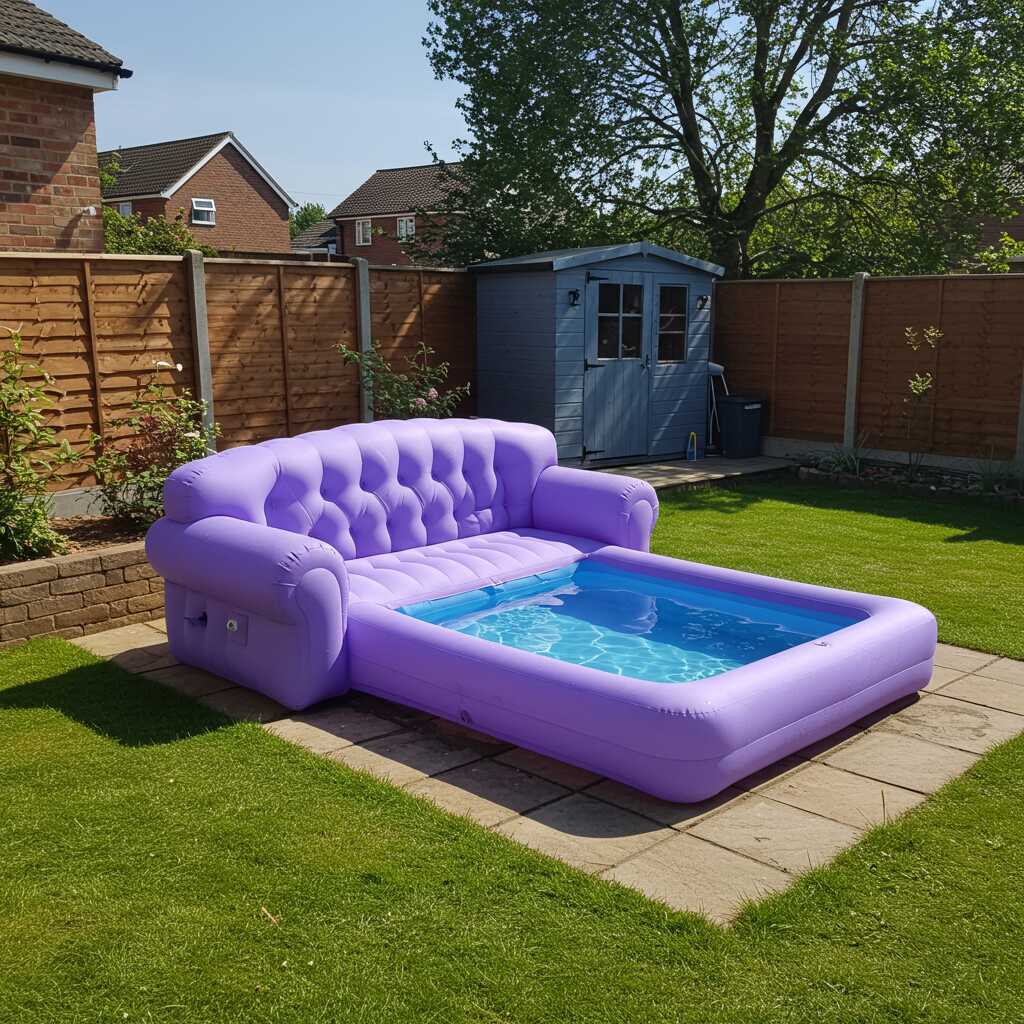In the ever-evolving world of garden design and home decoration, a remarkable trend has emerged that seamlessly blends artistic expression with practical functionality – the horse shaped planter. These unique vessels have transcended their basic purpose of containing soil and nurturing plants, evolving into statement pieces that capture the imagination while maintaining their essential gardening function. The horse shaped planter represents more than just a container for greenery; it embodies centuries of human fascination with equine beauty and strength, reimagined through the lens of modern design sensibilities.
The appeal of horse inspired planters lies in their ability to transform ordinary spaces into extraordinary environments. Whether gracing a sun-drenched patio, enhancing an interior living space, or adding character to a professional office setting, these distinctive pieces command attention while serving their horticultural purpose. Their presence creates an instant focal point, drawing the eye and inviting closer inspection. Unlike conventional planters that often blend into their surroundings, horse shaped designs possess a natural magnetism that stems from their familiar yet unexpected form.
What makes these planters particularly fascinating is their dual nature – they exist at the intersection of sculpture and utility. The curves and contours that define a horse’s graceful silhouette provide natural reservoirs for soil and root systems, while their upright posture offers excellent drainage opportunities. This inherent functionality, combined with artistic interpretation, results in pieces that are both beautiful and practical. From minimalist modern interpretations to elaborate lifelike sculptures, horse shaped planters demonstrate how traditional forms can be reinvented for contemporary purposes without losing their essential charm.
Moreover, these planters serve as conversation starters, bridging generations through shared appreciation of equine elegance. They connect us to our past while firmly establishing themselves in present-day decorative trends. As we explore the various facets of this growing phenomenon, it becomes clear that horse shaped planters represent more than just a passing fad – they signify a deeper cultural movement toward meaningful, expressive design in our daily lives.
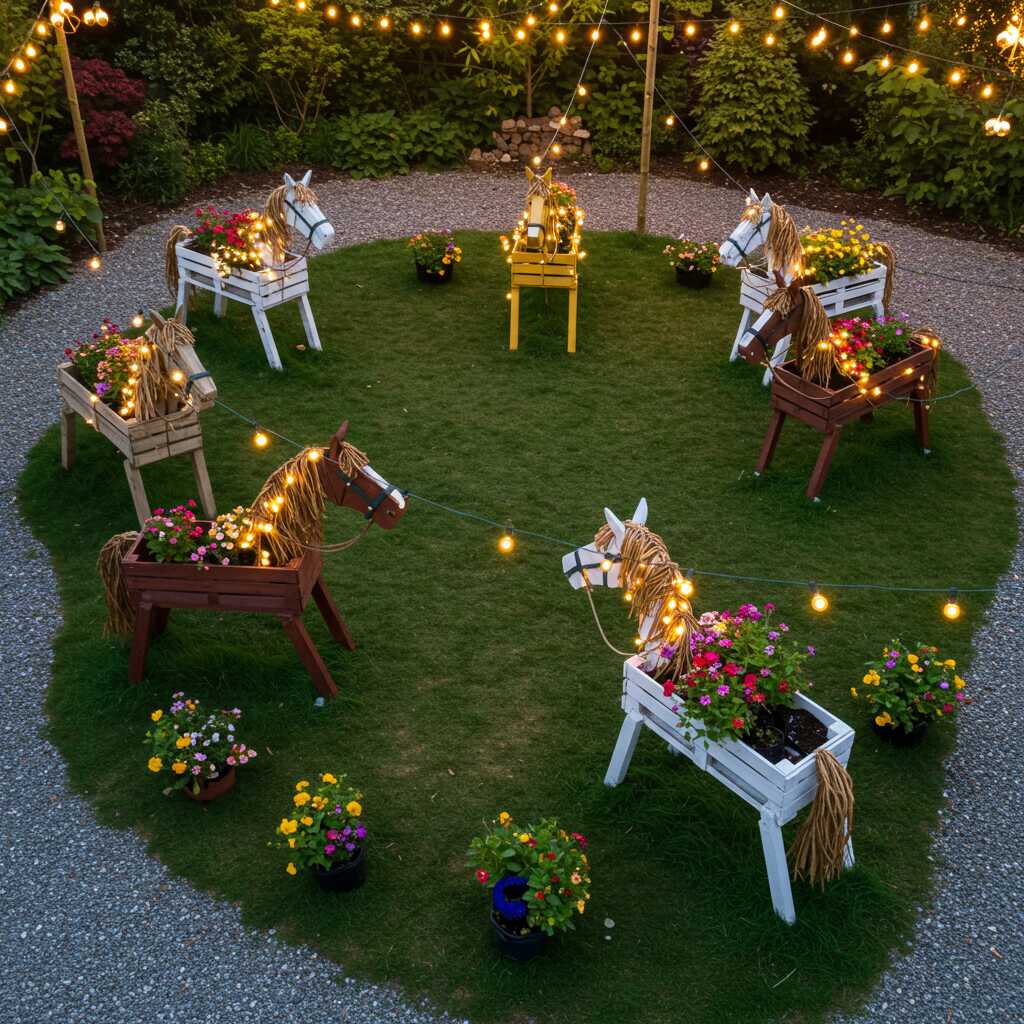
Historical Roots and Cultural Significance
The tradition of equestrian-inspired art stretches back thousands of years, finding its roots in ancient civilizations where horses were revered not merely as working animals but as symbols of power, freedom, and divine connection. Archaeological discoveries reveal that early horse representations appeared in cave paintings dating back to 30,000 BCE, where primitive artists captured the essence of these magnificent creatures on walls deep within earth’s recesses. As human societies evolved, so did the sophistication of equine depictions, reaching their zenith in classical Greek and Roman sculptures that celebrated the horse’s muscular grace and noble bearing.
Throughout history, horses have maintained their status as cultural icons across diverse civilizations. In Chinese mythology, the celestial horse represented transcendence and spiritual elevation, while Native American cultures viewed these animals as sacred beings embodying the spirit of the plains. Medieval European knights immortalized their steeds through elaborate armor and monumental statues, cementing the horse’s place in Western art traditions. The Renaissance period saw masters like Leonardo da Vinci and George Stubbs elevating equine portraiture to new heights, capturing both anatomical precision and emotional depth in their works.
This rich historical tapestry laid the foundation for the modern interpretation of horse inspired designs, including planters. Contemporary artists draw inspiration from this vast heritage, infusing traditional motifs with innovative approaches that speak to today’s aesthetic sensibilities. The transition from pure sculptural representation to functional art objects marks a significant evolution in how we interact with and appreciate equine imagery. Where once horses adorned temples and palaces as static monuments to power, they now find new life as dynamic elements in our living spaces, nurturing growth while maintaining their symbolic potency.
The enduring appeal of horse shaped designs reflects humanity’s persistent fascination with these majestic creatures. Their inclusion in decorative arts serves as a bridge between past and present, allowing modern creators to pay homage to historical precedents while forging new paths in artistic expression. This continuity demonstrates how certain forms maintain their relevance across millennia, adapting to changing contexts while retaining their fundamental ability to inspire and captivate.

Modern Interpretations and Design Evolution
Contemporary designers have revolutionized the concept of horse shaped planters through innovative approaches that merge traditional forms with cutting-edge design principles. Minimalist interpretations strip away extraneous details, focusing instead on clean lines and simplified silhouettes that capture the essence of equine grace in abstract forms. These modern renditions often feature geometric reductions of horse anatomy, creating striking visual statements that harmonize with contemporary architectural spaces while maintaining their functional purpose as plant containers.
Technological advancements have played a crucial role in expanding the possibilities for horse shaped planter design. Digital modeling software enables designers to experiment with complex forms and structural integrity before production, leading to more daring and intricate creations. 3D printing technology has opened doors to previously impossible forms, allowing for the precise replication of organic curves and textures that mimic a horse’s natural movement and musculature. This technological integration has resulted in planters that appear almost fluid, as if caught mid-gallop, with carefully engineered reservoirs that optimize plant growth while maintaining artistic integrity.
Material innovation has equally transformed the landscape of horse inspired planter design. Traditional ceramic and terracotta have been joined by sustainable materials such as recycled plastics, biodegradable composites, and even repurposed industrial metals. These new materials not only offer environmental benefits but also expand the aesthetic possibilities, enabling everything from translucent, ethereal forms to industrial-chic interpretations. Some designers have embraced mixed media approaches, combining traditional craftsmanship with modern materials to create hybrid pieces that honor historical techniques while embracing contemporary sensibilities.
The functional aspects of these modern designs have become increasingly sophisticated. Self-watering systems integrated into the horse’s body, hidden drainage solutions that follow the natural flow of the form, and modular components that allow for customization all demonstrate how contemporary designers are pushing the boundaries of what a planter can be. These innovations ensure that horse shaped planters remain practical gardening tools while achieving new heights of artistic expression, creating pieces that are as thoughtful in their utility as they are in their visual impact.
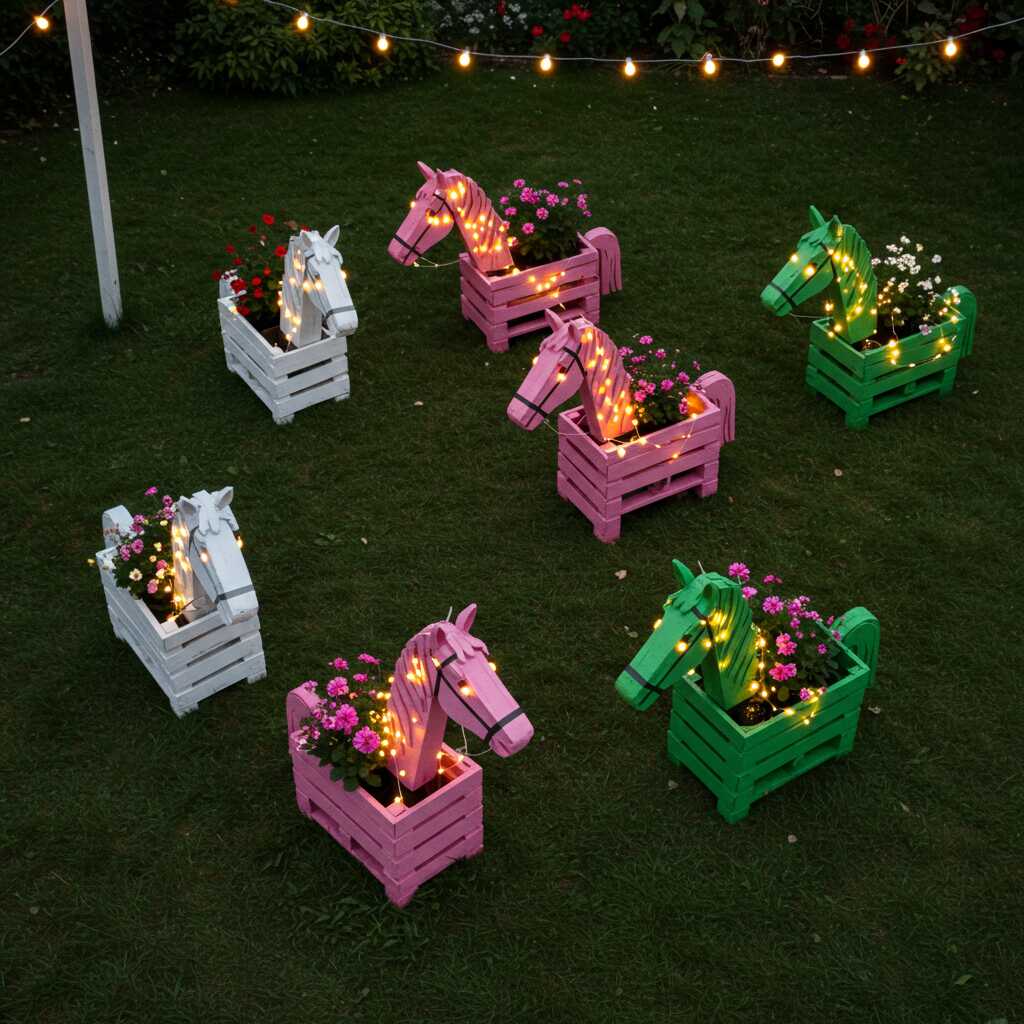
Symbolism and Psychological Impact in Modern Spaces
Horse shaped planters carry profound psychological resonance that extends far beyond their physical presence in a space. The symbolism associated with horses – strength, freedom, endurance, and grace – manifests differently depending on their placement and context within various environments. In therapeutic settings, these planters serve as powerful emotional anchors, their familiar forms providing comfort and stability while their verdant contents contribute to healing atmospheres. The combination of organic growth within a structured form creates a compelling metaphor for personal development and resilience, making them particularly effective in spaces designed for reflection and recovery.
The psychological effects of incorporating horse shaped planters into different environments vary significantly based on their scale, material, and positioning. Large-scale installations in public spaces generate feelings of awe and wonder, while smaller, more intimate pieces create cozy, nurturing corners in private settings. The choice of vegetation within these planters further influences their psychological impact – trailing vines might suggest gentle movement and freedom, while upright succulents could emphasize strength and perseverance. This duality of form and function allows horse shaped planters to adapt their psychological influence to suit specific spatial requirements and intended emotional responses.
Cultural context plays a crucial role in how these planters are perceived and experienced. In urban environments, they often serve as reminders of nature’s grace and power amid concrete landscapes, creating moments of respite and connection with the natural world. Within educational institutions, horse shaped planters can symbolize the journey of learning and growth, their steady presence encouraging persistence and curiosity. When placed in creative workspaces, these designs stimulate imagination by blending familiar animal forms with unexpected functionality, fostering innovative thinking and problem-solving approaches.
The interaction between horse shaped planters and their surrounding environment creates dynamic relationships that evolve throughout the day. Morning light might highlight their graceful curves, evoking feelings of anticipation and new beginnings, while evening shadows cast dramatic silhouettes that emphasize strength and protection. This temporal quality adds another layer to their psychological impact, ensuring that their influence remains fresh and engaging over time. The fusion of equine symbolism with living plants creates a powerful synthesis of permanence and growth, offering constant opportunities for renewed perception and emotional connection.

Environmental Harmony and Sustainable Design
The integration of horse shaped planters into natural landscapes represents a masterful fusion of artificial form and organic growth, creating ecosystems that thrive on the synergy between structure and spontaneity. These planters, when thoughtfully incorporated into outdoor spaces, establish microclimates that support diverse plant life while maintaining their artistic integrity. The curved surfaces of horse inspired designs naturally collect and distribute water, creating optimal conditions for moisture-loving plants at their base while allowing proper drainage for species requiring drier conditions along their flanks. This natural water management system mimics the way wild horses would naturally influence their environment, trampling paths that direct water flow and creating depressions where seeds could germinate.
The relationship between horse shaped planters and their botanical inhabitants extends beyond mere containment, evolving into symbiotic partnerships that enhance both form and function. Climbing plants weave through the structural elements, softening hard edges and creating living tapestries that change with the seasons. Ground-cover plants spill over the planter’s base, blurring the boundary between sculpture and landscape while cooling the surrounding soil. This interplay between controlled form and natural growth patterns creates dynamic compositions that celebrate the unpredictability of nature within defined parameters.
These planters serve as catalysts for biodiversity enhancement within cultivated spaces. Their varied surface areas and internal structures create multiple microhabitats that attract beneficial insects, birds, and other wildlife. The sheltered spaces beneath their forms provide refuge for small creatures, while the vertical surfaces offer perches and nesting opportunities. This biological activity contributes to healthier ecosystems, promoting natural pest control and pollination services that benefit surrounding plant life. The horse shaped planter thus becomes more than an isolated element – it transforms into a hub of ecological activity that supports larger environmental networks.
The seasonal changes experienced by horse shaped planters add another dimension to their environmental contribution. Spring brings forth new growth that gradually drapes and envelops the forms, summer sees lush foliage that emphasizes their cooling effect on surrounding air temperatures, autumn reveals their structural beauty as leaves fall, and winter showcases their protective capabilities as they shield dormant plants from harsh conditions. This cyclical transformation mirrors the natural rhythms of both the plant world and equine life cycles, creating a continuous dialogue between artifice and nature that enriches the landscape year-round.
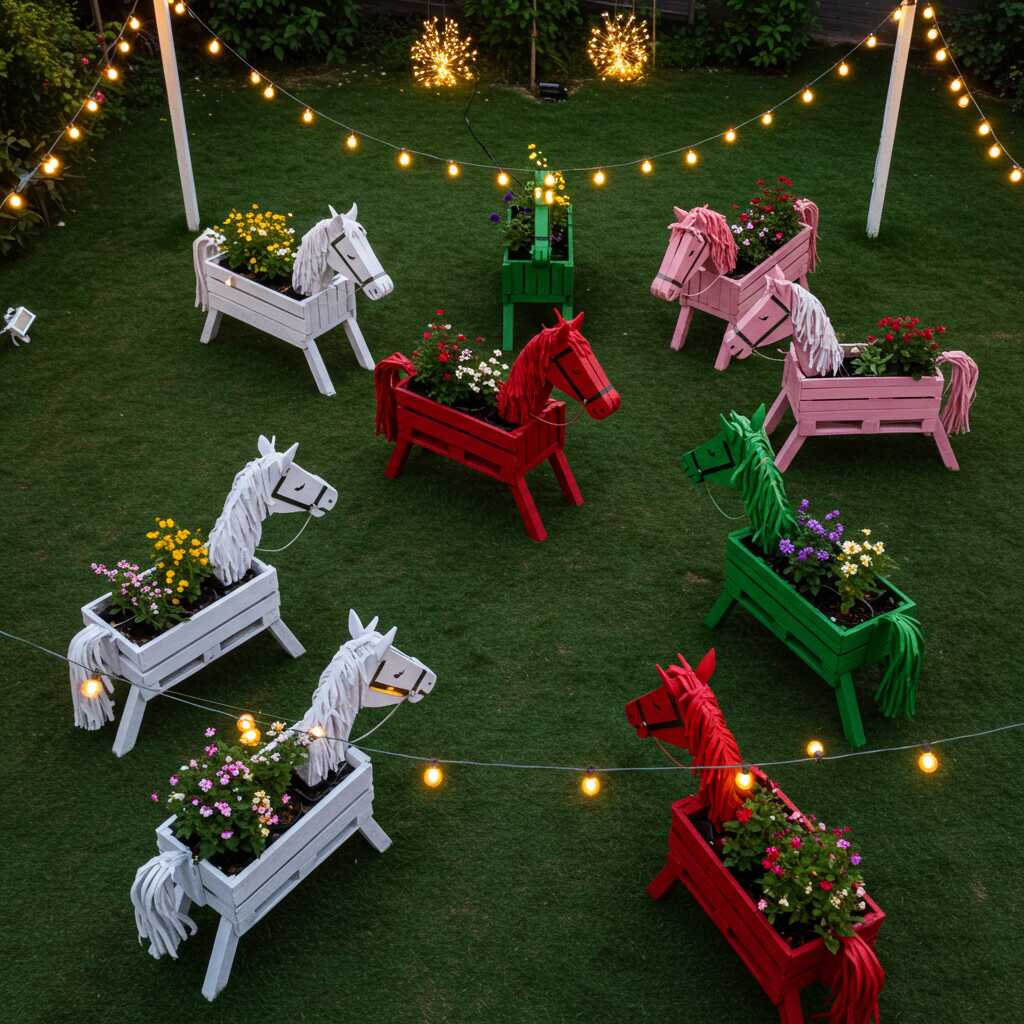
Future Directions and Artistic Potential
As we gaze into the horizon of creative possibilities, horse shaped planters stand poised to evolve into even more sophisticated expressions of artistry and functionality. The future promises exciting developments in interactive design elements, where these planters might incorporate kinetic features that respond to environmental stimuli, creating dynamic displays that literally bring the horse form to life through subtle movements. Advanced material science could introduce self-healing surfaces that repair minor damage automatically, extending their lifespan while maintaining their aesthetic integrity. Bioluminescent coatings might enable these planters to glow softly in darkness, transforming them into luminous sculptures that redefine nocturnal garden experiences.
Emerging technologies offer unprecedented opportunities for customization and personalization. Augmented reality applications could allow individuals to virtually experiment with different horse shapes, sizes, and finishes before implementation, while parametric design tools might enable the creation of completely unique forms that retain essential equine characteristics. The integration of smart technology could lead to planters that monitor soil conditions and plant health, using data-driven insights to optimize growth while maintaining their artistic value. These innovations would preserve the fundamental beauty of horse shaped designs while enhancing their practical contributions to plant cultivation.
The potential for artistic exploration remains boundless. Artists might push the boundaries of abstraction, reducing horse forms to their most essential elements while experimenting with radical departures from traditional proportions and postures. Collaborations between botanists and designers could yield planters specifically engineered to accommodate particular plant species, creating perfect symbioses between form and flora. The incorporation of sound elements, perhaps harnessing wind to produce gentle equine whinnies, could add another sensory dimension to these already captivating pieces.

Conclusion: The Enduring Legacy of Equine Inspiration
The rise of horse shaped planters represents more than just a trend in garden design – it signifies a profound cultural moment where art, nature, and human creativity converge in meaningful ways. These remarkable pieces have transcended their utilitarian origins to become powerful symbols of our enduring connection to the natural world and our capacity for artistic expression. Through their graceful forms and functional purpose, horse shaped planters remind us that beauty and practicality need not exist in opposition but can instead enhance and elevate one another. As we continue to seek meaningful ways to integrate nature into our daily lives, these inspired creations stand as testament to the limitless possibilities of human imagination and our perpetual fascination with the noble horse. Their presence in our spaces serves as a constant reminder of the harmony that exists between artistic vision and natural growth, pointing the way toward more thoughtful and inspiring approaches to design in the future.
